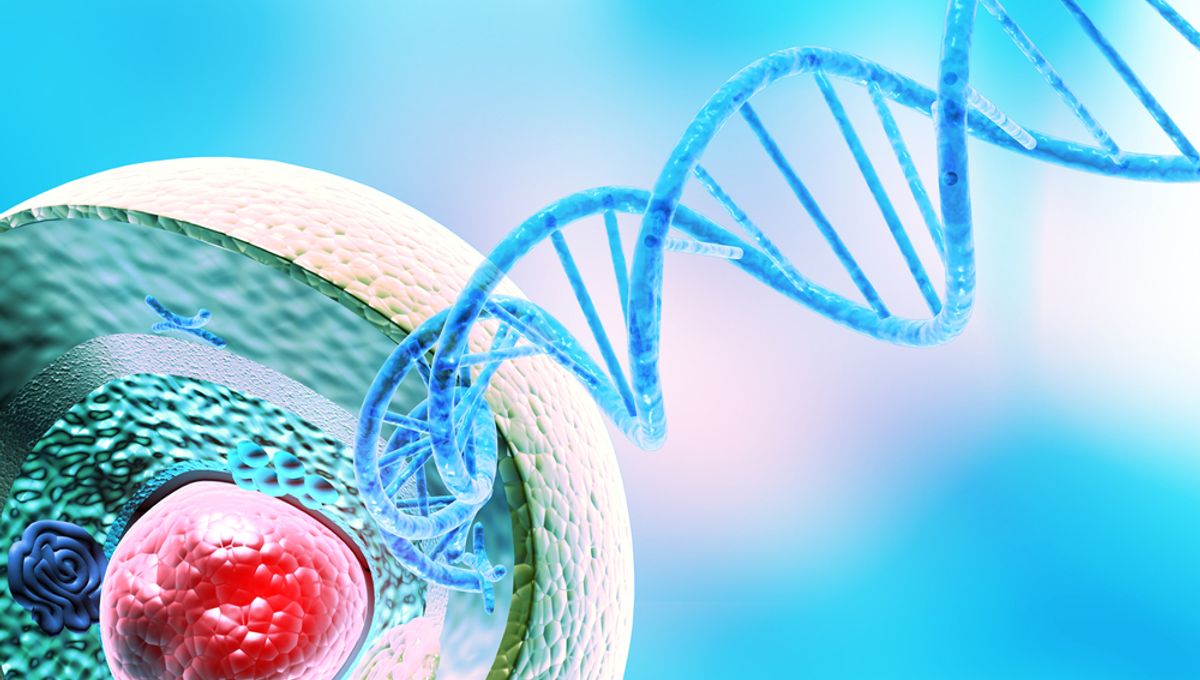
Life has limits that mean that not everything we can imagine is possible, a multidisciplinary team of scientists has argued. The capacity to rule out some forms of life, based on scientific laws, allows us to focus our energies both when it comes to searching for life on other worlds and making it in laboratories. By publishing what they argue are the limits we can know with current information, the team hopes to assist those involved in these two great projects.
The search for extraterrestrial life is currently mostly a search for liquid water. It’s the liquid ocean inside Europa that inspired NASA to build the Europa Clipper, and the historic presence of water on Mars is one of the main reasons it dominates interplanetary research efforts. Yet those not working in the field often protest this focus is too restricted by our Earthly experiences. “Why shouldn’t extraterrestrial life be fundamentally different?” is a common objection.
The new paper only mentions the water question briefly, but it’s an example of what they call the “logic of life” and why some common features are probably necessary. If this logic is accepted, it becomes easier to see why astrobiologists are mostly not too worried about overlooking life that’s too dissimilar to anything on Earth.
For a start, the authors note; “Every organism on Earth operates as a thermodynamic engine because it acquires free energy from the environment and uses it to drive essential biological functions.” It’s unlikely that anything that doesn’t do this could meet any of the competing definitions of life. The laws of thermodynamics mean that lifeforms obeying these principles must create more entropy. Increasing internal entropy means a lifeform’s decay, so at least during its growth stages – when organized biological machinery is synthesized from simpler components – this entropy needs to be exported.
Put simply, any life form needs to give off heat.
Lifeforms need a way to convey information to their descendants, otherwise every generation needs to start from scratch. The ways to do this are sufficiently limited that, long before the structure of DNA was solved, at least two scientists had independently predicted key features, such as its double-stranded nature. Alien life may not use the same nucleotide bases that exist in every living thing on Earth, but the team argues it probably has two linear polymers that replicate and divide. Even the familiar spiral shape has benefits that may be universal, allowing a great deal of information to be squeezed into a manageable amount of space.
It’s also likely, according to the authors, that life will have minimal units we can recognize as cells.
“Cell division involves, on the one hand, copying the information contained in the cell to its daughter cells, and on the other, reproduction of its embodied architecture by using this information,” they write. To replicate, cells require molecular components to be available, and these components’ concentration requires phase separation from the environment. That means a cell wall permeable enough to let energy and some molecules cross, but not let everything through.
Although it is possible to imagine this occurring with some liquid other than water acting as the solvent inside, there are reasons to think this is unlikely. Water is the most common liquid in the universe, and it has some exceptionally useful features that other common molecules lack. The authors note that polar molecules with a head attracted to water and a tail that is repelled by it; “Can self-assemble into compact bilayers that define the system’s boundaries.” Few alternatives could provide the same capacity in situations where water is not available, such as in Titan’s ethane seas.
Although life on Earth is staggering in its diversity, the authors ask us to consider the “morphospace”, which they define as; “A multi-dimensional space representing different morphological or structural characteristics of a given class of entities (from cells to networks).” They note that; “Across the morphospace […] some parts are densely occupied while others are voids.”
These voids may sometimes represent possibilities that were never met because initial steps on life’s path on Earth took us away from them. However, we also need to consider the possibility that, if in all this abundance some features never evolve, they may be effectively impossible.
Any lifeform will be subject to natural selection if it is to flourish and replicate. Some common features we see at all scales of life, such as parasites and “cheaters” that benefit from others’ contribution to the common good, while not contributing themselves, are also likely to exist in any ecosystem. A response to this, which may be universal, is to evolve traits that are positive in a group environment, but negative for a free-living organism. Multicellular life may be a response to this, as are animals or plants that survive best as part of a larger community.
Beyond a certain level of complexity, life forms need to process information, and this requires circuits and structures that follow at least some of the features of our neurons and brains.
None of this means that any aliens we may eventually meet will look sufficiently like us that they could blend in on a city street, like many of the species on Star Trek. However, it also indicates we can greatly narrow down the places where life is likely to exist, largely matching where we are currently looking. Moreover, if the creation of artificial life is considered safe enough to pursue, many possible forms can be rejected as dead ends.
The paper is published open access in the journal Interface Focus.
Source Link: Scientific Laws Rule Constrain Potential Forms Of Extraterrestrial And Artificial Life